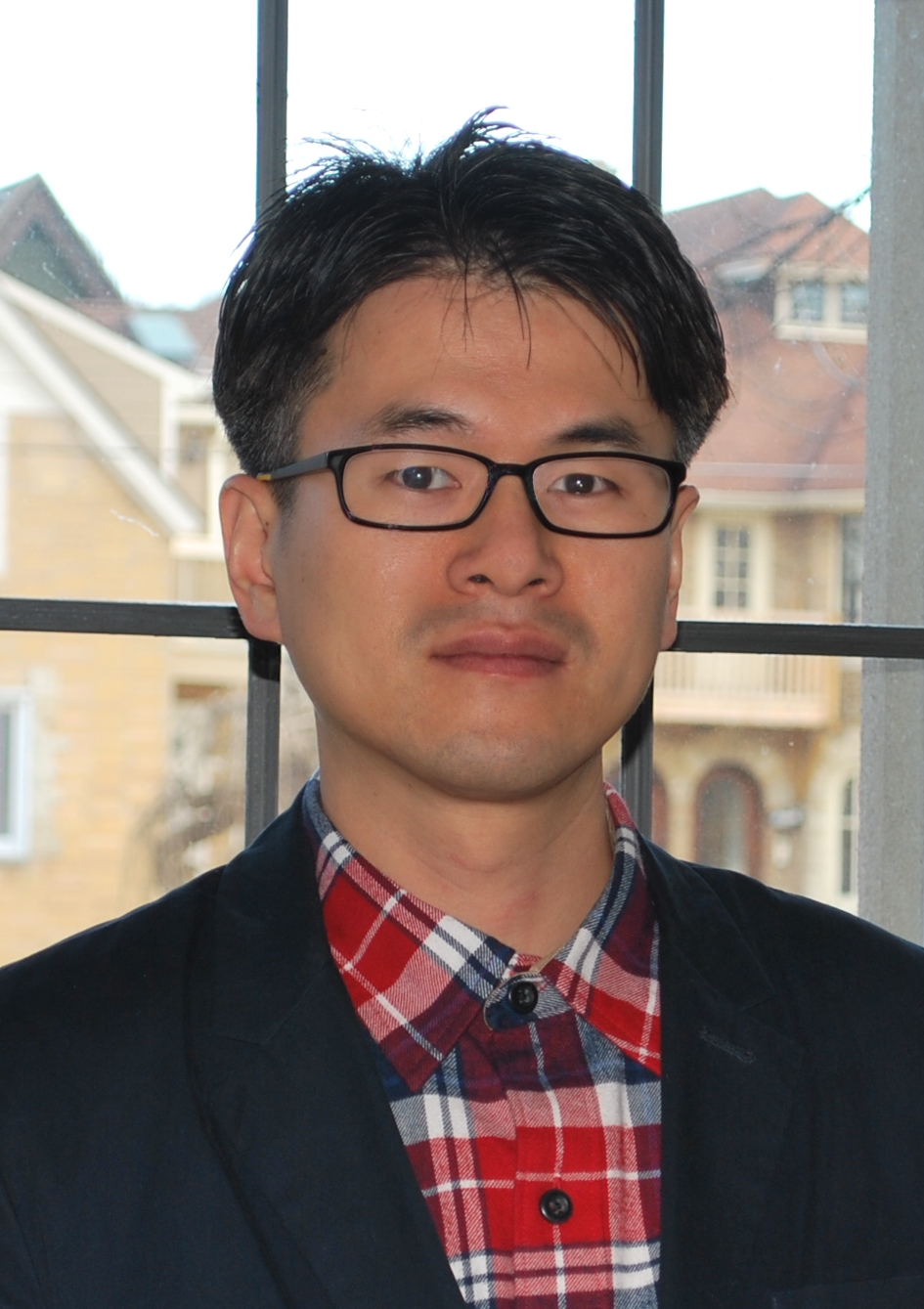Adult - Anxiety
Inhibiting Not Just Right Stimuli: Implications for Obsessive-Compulsive Severity
(PS2-28) Inhibiting Not Just Right Stimuli: Implications for Obsessive-compulsive Severity
- CA
Cohley Acenowr, M.S.
Graduate Researcher
University of Wisconsin - Milwaukee
Milwaukee, Wisconsin, United States - HB
Halle T. Berres, B.A.
Research Coordinator
University of Wisconsin - Milwaukee
Milwaukee, Wisconsin, United States 
Han-Joo Lee, Ph.D.
Professor
University of Wisconsin-Milwaukee / Rogers Memorial Behavioral Health
Milwaukee, Wisconsin, United States
Author(s)
Co-Author(s)
Background: Response inhibition (RI), or the ability to suppress a pre-potent response during goal-driven behavior, has been examined as a potential cognitive deficit regarding impulsivity and has been previously linked to obsessive-compulsive (OC) symptoms. “Not just right” experiences that lead to idiosyncratic criteria for feelings of completeness motivate a wide range of OC symptoms. Previous work has examined the utility of an NJRE-specific go/no-go task in measuring RI deficits in contrast with a more traditional go/no-go task with neutral stimuli (Acenowr et al., 2023). Findings indicate that a higher commission error rate on the NJRE-specific go/no-go task was a significant predictor of higher OC severity, while commission error rates on the neutral go/no-go task did not predict OC severity. The current project aims to further these findings in examining the difference between conditions (just right (JR) vs. not just right (NJR) pictures as the go-stimulus) within the NJRE go/no-go task. We hypothesize that greater difficulty inhibiting NJR stimuli will be associated with greater OC severity.
Methods: Participants ranged in age (18 to 59 years old; M = 23.42 years) and were primarily white (69.5%) females (79%) (N = 233). Participants completed a go/no-go task to measure RI with NJRE-specific stimuli. This included 10 picture pairs, with one NJR and one JR version of each picture (example: orderly vs. crooked books on a bookshelf). Participants also completed questionnaires to assess the severity of obsessive-compulsive symptoms (OCI-R), general impulsivity (BIS), difficulties with emotion regulation (DERS-SF), symptoms of anxiety, depression, and stress (DASS-21), and severity of NJREs (NJRE-QR, OCTCDQ-R2, PIC-NR10).
Results: Our analyses indicate that performance between the two conditions of the task was not significantly different (omissions t = -1.10, p > .05; commissions t = .23, p > .05; accuracy t = .70, p > .05). Participants had an overall greater go reaction time (GoRT) when NJR pictures were the go stimulus compared to when JR pictures were the go stimulus (t = -2.02, p < .05). However, the response time while making commission errors did not differ whether the go stimulus was a JR or NJR picture (t = -.85, p > .05). After controlling for relevant covariates, hierarchical regressions indicated that a greater commission error rate when inhibiting NJR stimuli was predictive of greater ordering (β = .10, t = 2.33, p < .05, R2 = .01), checking (β = .11, t = 1.97, p = .05, R2 = .02), and neutralizing (β = .11, t = 1.97, p = .05, R2 = .02) symptoms. Inhibition of JR stimuli was not predictive of any OC symptom severity scores.
Conclusion: The current study highlights the depth of information that can be gleaned from different conditions within a disorder-specific go/no-go task. Our results indicate that difficulties with sudden inhibition of NJR stimuli are more closely related to OC severity than difficulties with sudden inhibition of JR stimuli. Implications of the current findings, along with applicability to treatment and future directions, will be discussed.

.png)
